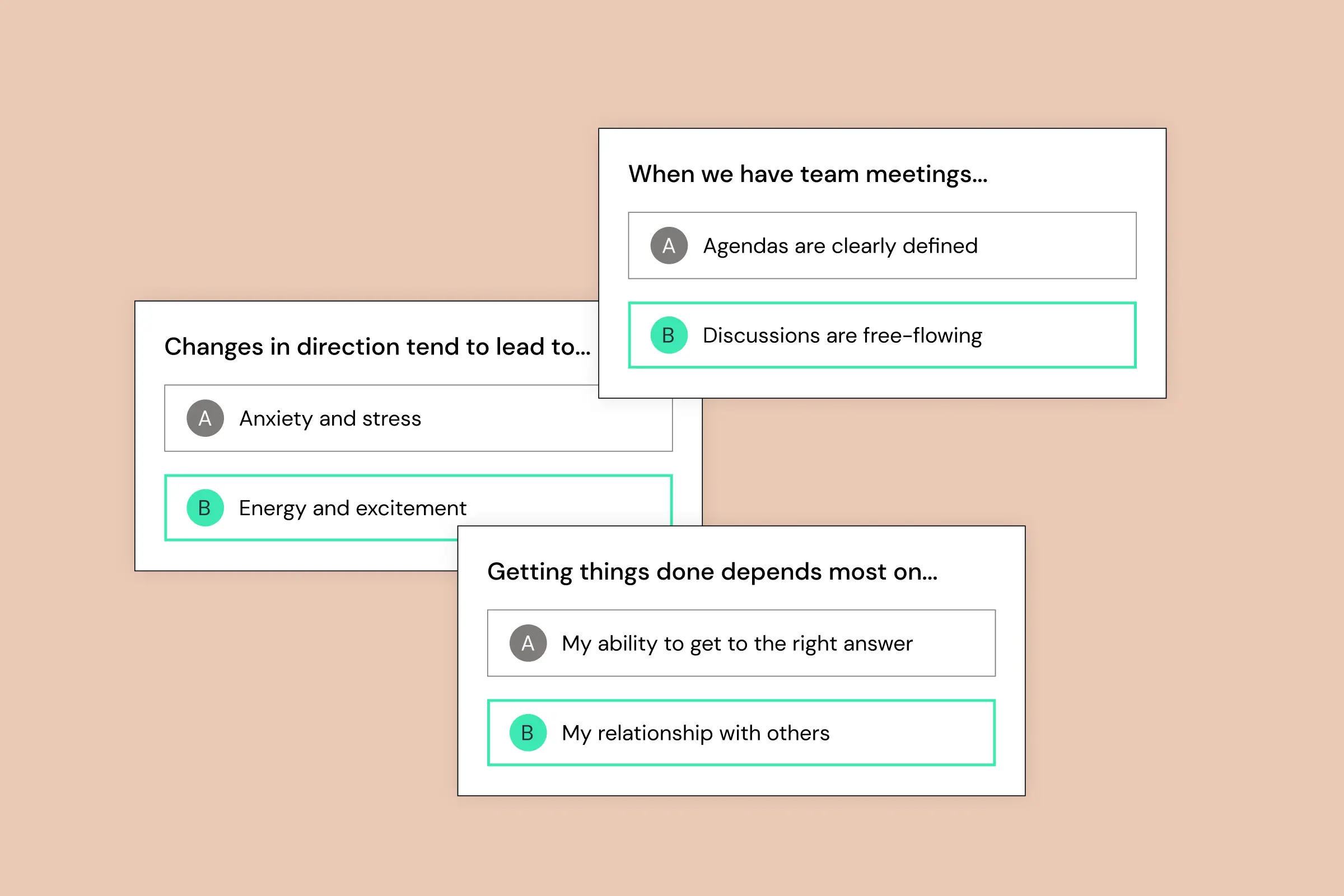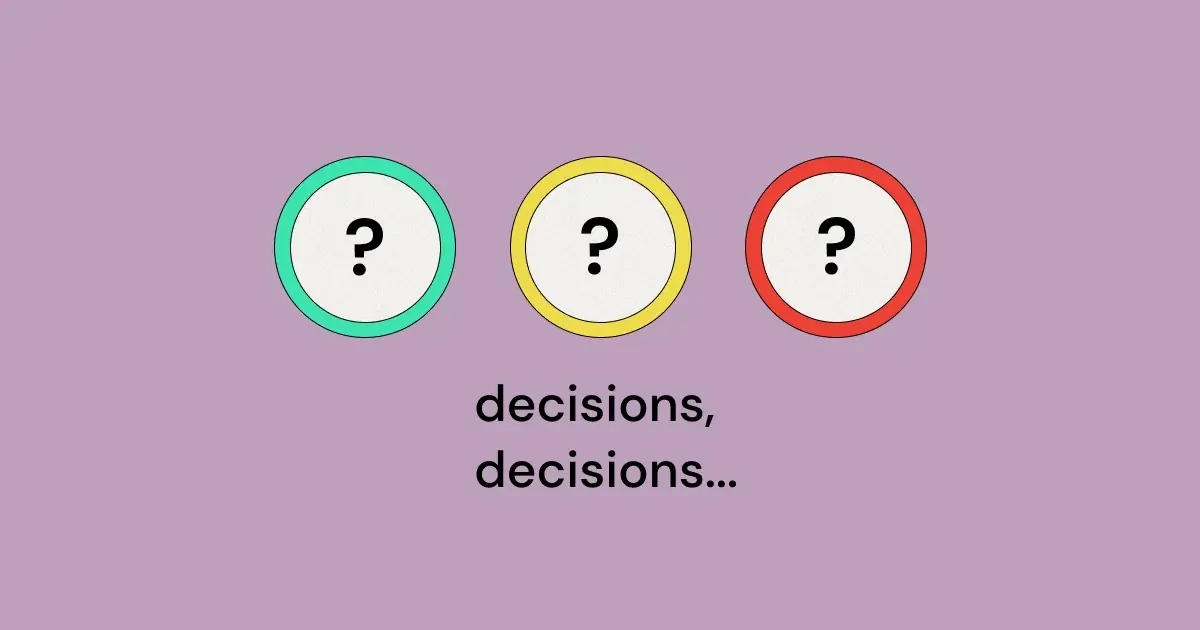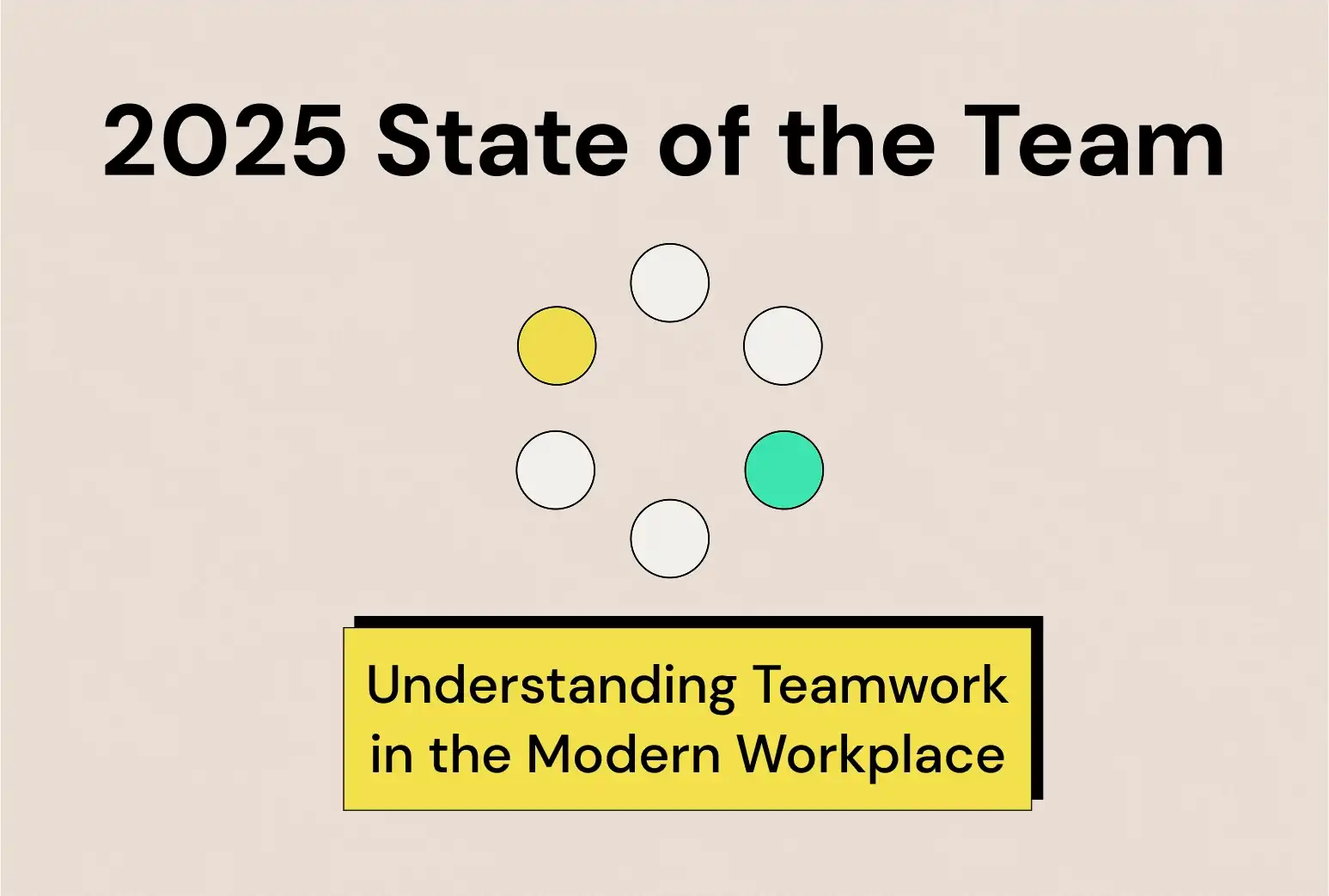??What are the two primary decision-making styles mentioned in the blog post???
Concordant and Authoritative are the two primary decision-making styles described. Concordant decision-making involves collective discussions where everyone's input is valued, while Authoritative decision-making is led by one or a few individuals who make quick, decisive calls.
??How does a Concordant team operate???
A Concordant team operates through round-table discussions where decisions are made collectively. This style ensures that everyone feels heard and different viewpoints are incorporated into the final decision.
??What characterizes an Authoritative team's approach to decision-making???
An Authoritative team's decision-making is characterized by quick decisions made by a leader or a small group of influential members. This approach helps avoid gridlock and speeds up the decision process.
??Why is communication important in a Concordant team???
In Concordant teams, effective communication is crucial because it involves expressing thoughts clearly and actively listening to others. Embracing diverse perspectives is essential as it often leads to the best solutions.
??What should individuals on an Authoritative team focus on???
Individuals on an Authoritative team should focus on respecting and trusting the decision-maker's authority while being proactive and willing to make strong recommendations. Disagreeing and committing where necessary is also key to influencing outcomes positively.
??How can you succeed regardless of your team's decision-making style???
Success can be achieved on any team type by understanding and adapting to the team's decision-making style. For Concordant teams, facilitating dialogue and synthesizing opinions is crucial, whereas, for Authoritative teams, respecting hierarchy and contributing constructively is essential.
??What should one do when a quick decision is needed in a Concordant team???
In situations where quick decisions are necessary in a Concordant team, it's recommended to make strong recommendations, encourage the team to move forward, and be prepared to "make the call" if needed, especially under tight deadlines or limited information.
??How can an Authoritative team handle decisions requiring long-term commitment???
For decisions requiring long-term commitment in an Authoritative team, it's beneficial to encourage the primary decision-maker to open up discussions to the whole team. This helps in integrating new perspectives and achieving a more comprehensive commitment.
??What are some strategies for dealing with different decision-making scenarios???
Adapting your strategy based on the situation is crucial. For instance, pushing a Concordant team to make quick decisions or prompting an Authoritative team to consider broader viewpoints can be effective ways to handle various decision-making challenges.




.png)






































